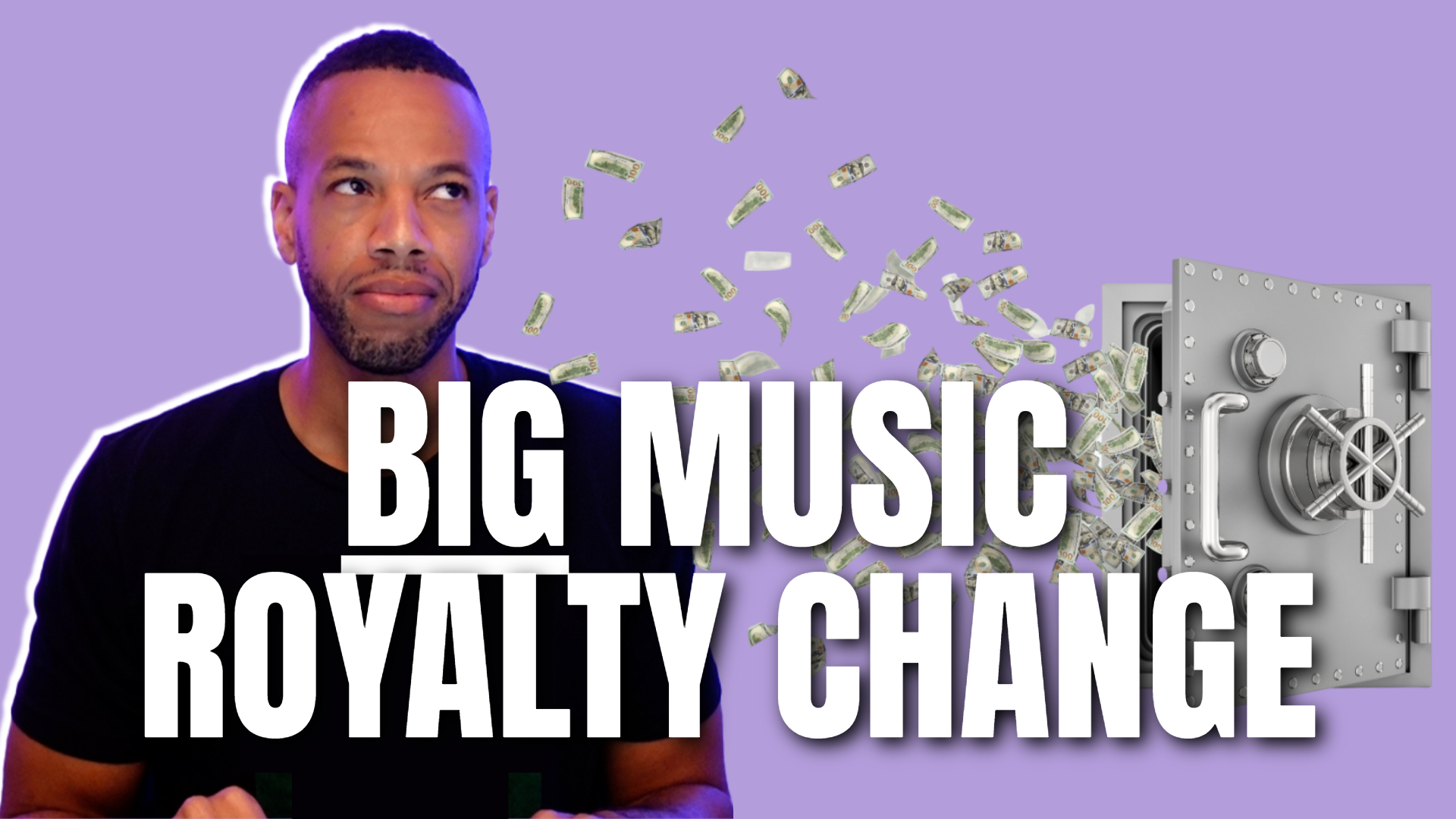Why ALL Musicians Should Know Music Harmony Theory

*This article may contain links to affiliate products & services. We have reviewed these services to try and ensure the highest quality recommendations*
Written by Jaron Lewis
Harmony adds flavor to music, like a chef adds spice to flavor a dish. If you want to improve your compositions and beats, you’d better take some music harmony theory lessons quickly.
Harmony helps convey the tone of a piece of music, and adds an emotion and depth to your compositions and beats, so it’s worth learning about music theory harmony rules.
What Is Harmony?
Harmony is the concurrent sounding of three or more complimentary notes at one time. When playing music, this is called a chord. There are major, minor and diminished chords, which are arranged to create harmonies.
Harmonies sound pleasing to the ear because of a similarity in frequency. However, not all good music is harmonic. Dissonance can have beauty too, and tastes in this area are largely cultural.

Types Of Harmony In Music
There are seven main scale degrees used in western music. They all have their own unique melodic inclination, which gives a sense of resolution or needing to go to another note.
1°- Tonic scale: This scale degree has a strong sense of resolution. Most known music ends on tonic, and all other scales are given their number based on their position to the tonic.
2°- Supertonic scale: This scale degree tends to resolve down to the tonic or move to the fifth degree in a progression.
3°- Mediant: The mediant scale degree has a weak feel of resolution, so wants to move to another scale degree.
4°- Subdominant scale: The fourth scale degree wants to resolve up to the fifth degree or down to the third degree.
5°- Dominant: Depending on its harmonization, this scale degree has a weak feel of resolution or an inclination to resolve to the first degree.
6°- Submediant: This scale degree tends to want to resolve to the fifth degree.
7°- Leading Tone: The leading tone wants to resolve to the tonic scale degree.
Adding Emotion With Harmony
Each scale degree can be played in a different chord type. Sometimes this determines how a scale degree resolves. The chord type helps convey the emotion of a piece of music. In general, major chords are happy or upbeat, and minor chords are low and sad. However, that doesn’t tell the whole story. Here are some popular chord types:
Major 7th- Major seventh chords sound contemplative and soft, and are often used in jazz.
Minor 7th- These chords are moodier and more brooding than major seventh chords.
Dominant 7th- Dominant seventh chords are robust, commanding, and daring.
Major 6th- Major sixth chords are entertaining and spirited.
Minor 6th- These chords sound dark and furtive.
Suspended 4th- Suspended fourth chords sound almost regal and dignified.
9th- Ninth chords are very animated and bouncy.
Diminished- These chords sound dark and edgy.
Augmented- Augmented chords give a sense of suspense and involve a lot of movement.
Based on the scale degrees, each chord has a logical progression that will help you create pleasing music. This why learning about music theory harmony rules or taking music harmony lessons is so beneficial. Without harmony, you’ll be playing melodies, not music.
When your song is ready to go, it's time to start promoting it to potential fans! Omari has the best organic promotion services money can buy. With packages for Spotify, TikTok, Instagram, and YouTube, we will get your music the traffic and attention it deserves! Click below for more information.
SPEAK YOUR MIND
How This INDIE Artist Got Over 67,598,275 Streams On ONE Song
Join the No-Nonsense Music Marketing Newsletter to get the most valuable weekly case studies and strategies to grow your music business!




